18 Countries That Are Closing Their Doors To Tourists—Here’s Why
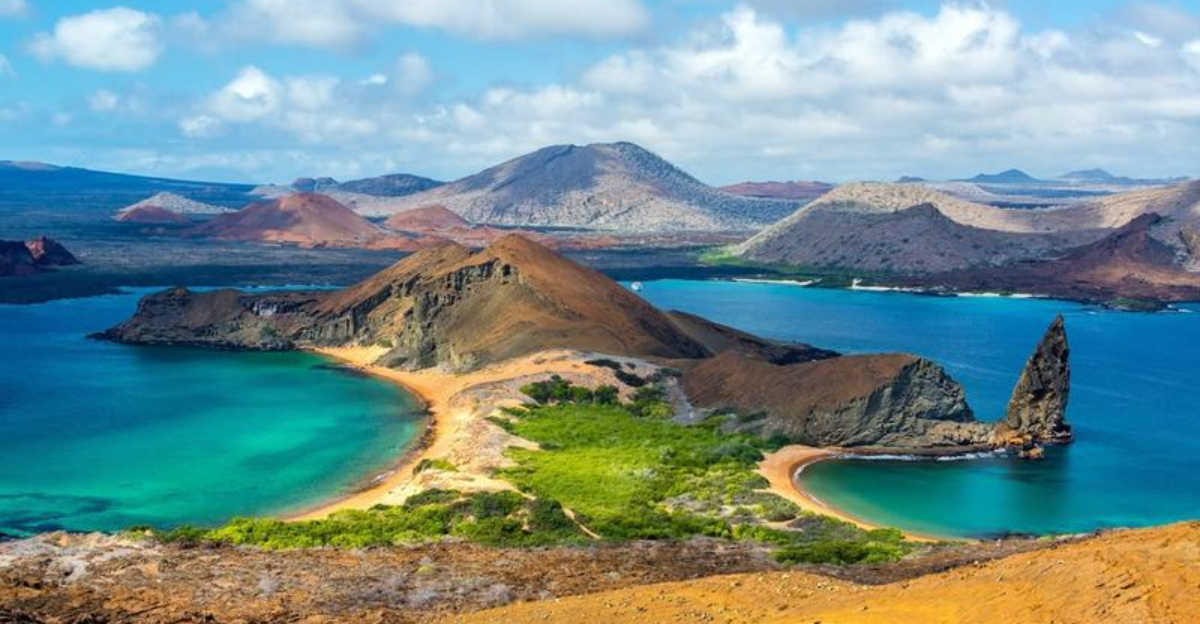
Tourism promises connection, discovery, and economic growth—but not every destination welcomes the spotlight forever. As global travel booms, some places are drawing a line, choosing preservation over popularity.
Whether it’s to protect fragile ecosystems, safeguard cultural traditions, or ease the burden on local communities, a growing number of countries are rethinking how—and if—they want to host the world. Here’s what’s driving this shift and what it means for the future of travel.
1. Bhutan

In an effort to preserve these, the country imposes a hefty daily tourist tax. Tourists are required to pay a fee that covers accommodation, food, and a guide, ensuring that tourism remains sustainable.
This policy keeps visitor numbers low, allowing Bhutan to protect its environment and cultural treasures. While some may see this as unwelcoming, it’s a proactive measure to safeguard what makes Bhutan unique.
2. Venice, Italy
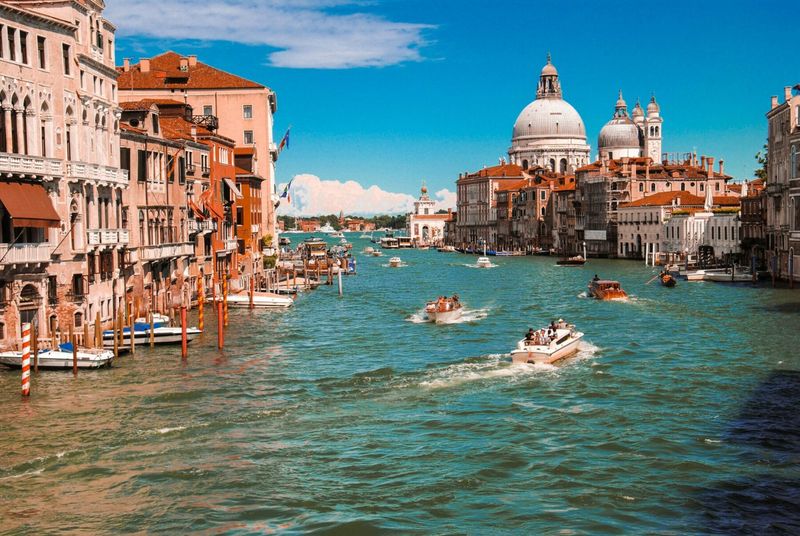
The throngs of tourists have strained the city’s infrastructure. To combat this, Venice has introduced a day-tripper fee to reduce the influx of visitors. The idea is to protect its fragile ecosystem and preserve the city’s charm.
Locals have grown weary of the crowds, seeking a balance that allows them to enjoy their city without losing its essence.
3. Barcelona, Spain

Residents have expressed frustration as rental prices soar. Barcelona has implemented strict regulations on accommodation to curb the influx of tourists. This move aims to ensure that locals can continue to live comfortably.
While tourism remains vital to the economy, there’s a growing need to protect the city’s cultural identity from being overshadowed.
4. Santorini, Greece

The influx of tourists has led to traffic congestion. To address this, Santorini has limited the number of cruise ships allowed to dock each day. This helps manage the flow of visitors and protect the island’s infrastructure.
By doing so, Santorini hopes to sustain its beauty and allure for generations to come.
5. Machu Picchu, Peru
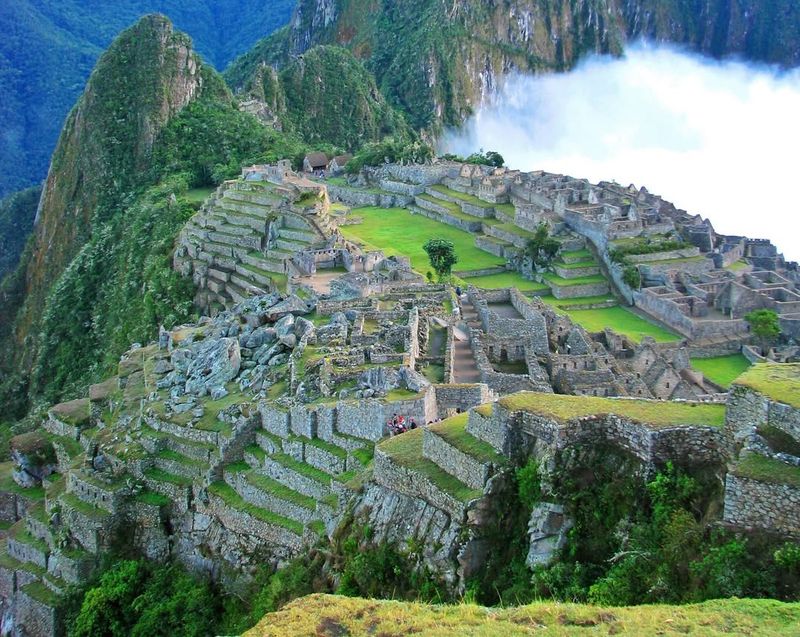
The site sees thousands of visitors daily, risking damage to its fragile structures. Authorities have introduced ticketing restrictions to limit daily visitor numbers. This ensures that the site remains intact for future exploration.
By implementing these measures, Peru demonstrates its commitment to preserving its historical treasures while still welcoming curious travelers.
6. Amsterdam, Netherlands
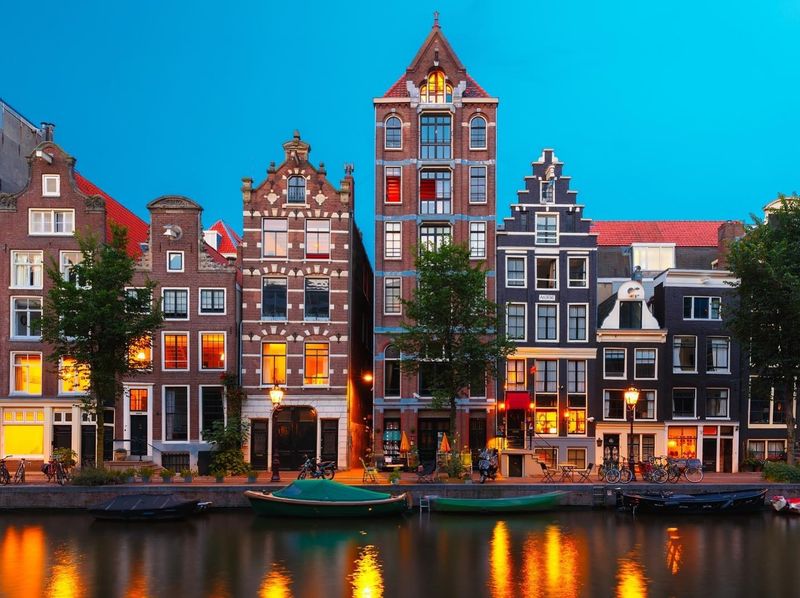
The influx of tourists has led to issues like noise pollution and overcrowding. To tackle this, Amsterdam has halted new hotel developments and is promoting lesser-known areas. These efforts aim to disperse tourists more evenly and relieve pressure on the city center.
Amsterdam is redefining its relationship with tourists, seeking a sustainable balance that respects both visitors and residents.
7. Kyoto, Japan
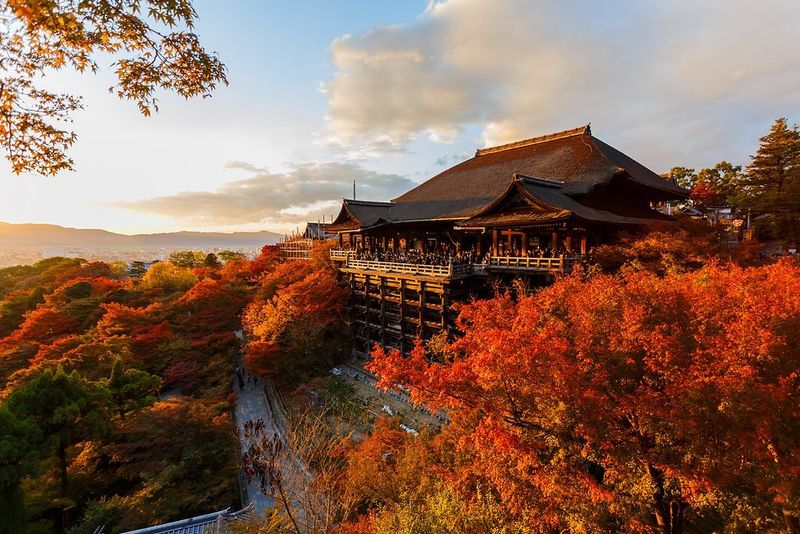
The increase in the number of tourists during cherry blossom season has led to crowding and littering. Kyoto has introduced etiquette guidelines for visitors, promoting respectful behavior. This helps maintain the city’s tranquility and cultural integrity.
Kyoto’s approach highlights the importance of mutual respect between tourists and locals, fostering a more harmonious experience for all.
8. Dubrovnik, Croatia

The stunning medieval architecture has attracted tourists in droves, especially after its feature in popular TV shows. However, the surge has put strain on the city’s resources.
In response, Dubrovnik has capped the number of tourists allowed at its famous walls each day. This helps preserve the heritage and allows visitors to enjoy a more intimate experience. Such measures are vital to safeguarding the city’s historical allure while still embracing tourism.
9. Iceland
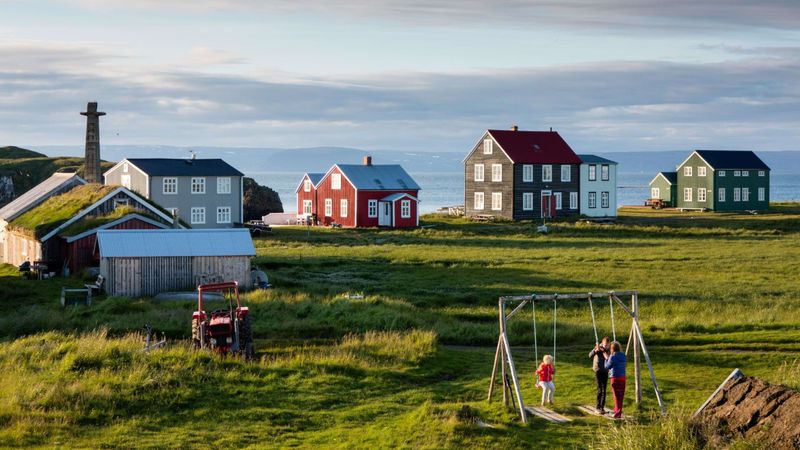
The breathtaking landscapes have become a magnet for nature enthusiasts. Yet, the sudden surge in tourism has raised concerns over environmental degradation. The country has introduced measures to limit visitor numbers at popular sites, protecting its unique ecosystems.
This strategy ensures that the country’s natural beauty remains unspoiled. Through these efforts, Iceland hopes to maintain its reputation as a pristine destination while managing the pressures of tourism.
10. Thailand
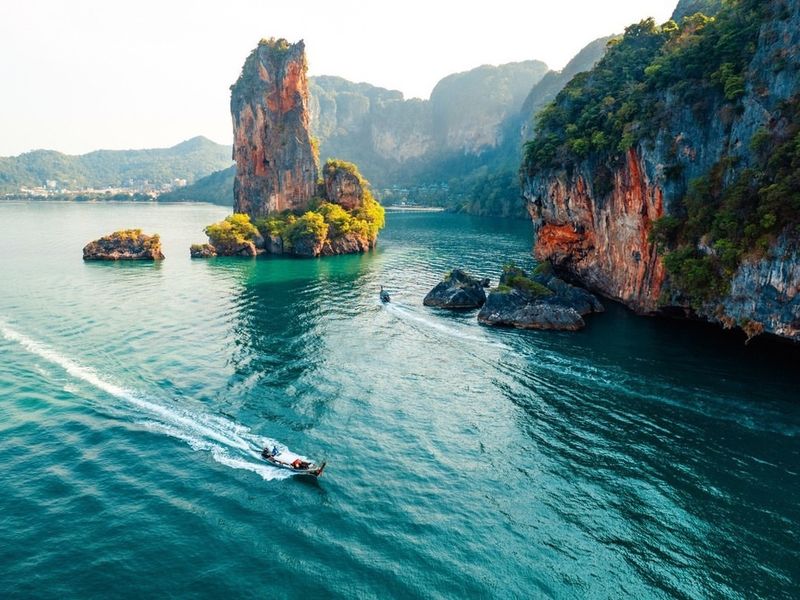
Here, beaches and temples have long been a tourist favorite, but the rise in visitors has led to environmental and cultural challenges. Some areas have closed for restoration.
The government has placed restrictions on certain activities to preserve the country’s natural and cultural heritage. These actions aim to protect Thailand’s allure for future generations. By prioritizing sustainability, Thailand seeks to balance tourism with the well-being of its environment and communities.
11. New Zealand

This dramatic landscapes and adventure activities are a draw for many, leading to increased tourist numbers. The impact on local communities and nature has prompted action. The government has introduced tourist levies to fund conservation efforts and infrastructure improvements.
This ensures that tourism remains beneficial without compromising the environment. New Zealand is committed to preserving its natural wonders while welcoming those who seek adventure and tranquility.
12. Cinque Terre, Italy
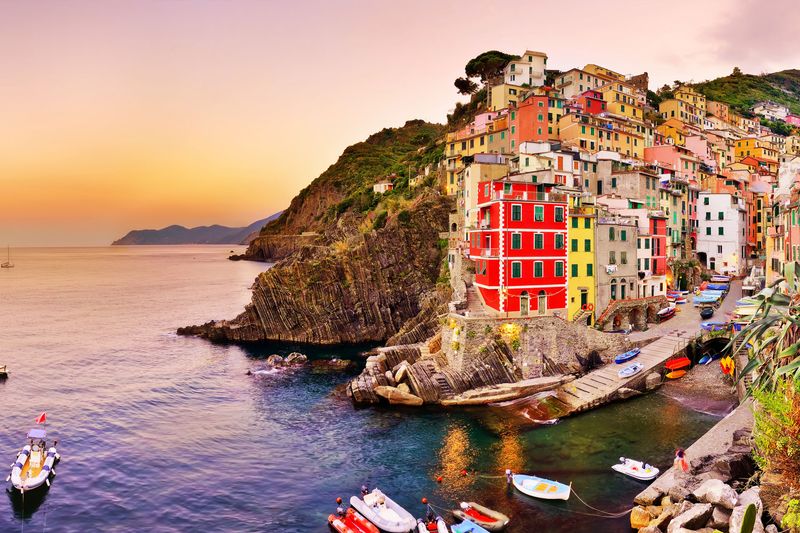
The five villages are feeling the squeeze from tourist numbers. The narrow pathways and small streets struggle with the crowds. To address this, visitor numbers are being capped, and a booking system has been introduced.
This move helps preserve the charm and atmosphere that draw people to the area. With these measures, Cinque Terre aims to offer an authentic experience without overwhelming its delicate infrastructure.
13. Galápagos Islands, Ecuador
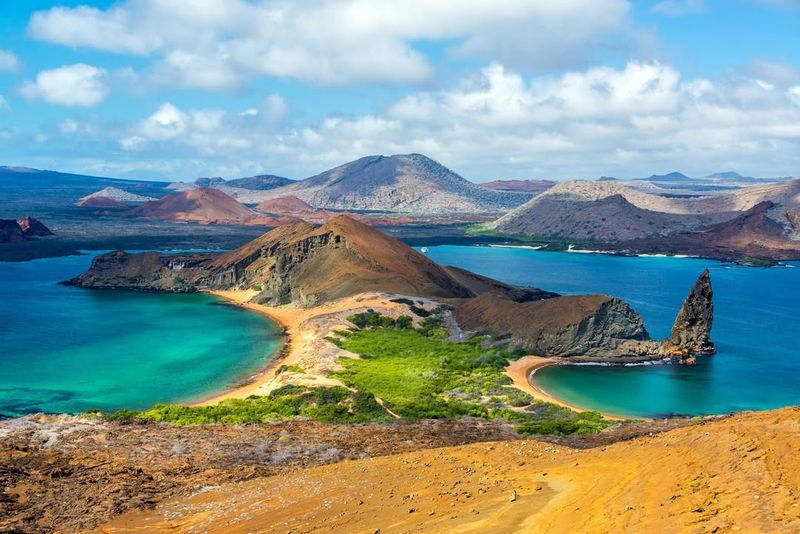
This place is a wildlife haven, but the unique ecosystem is under threat from the rise in tourism. Visitor numbers are strictly regulated to minimize impact.
Conservation efforts include guided tours to ensure tourists learn about the islands while respecting the environment. This balanced approach helps protect the biodiversity.
14. The Isle Of Skye, Scotland
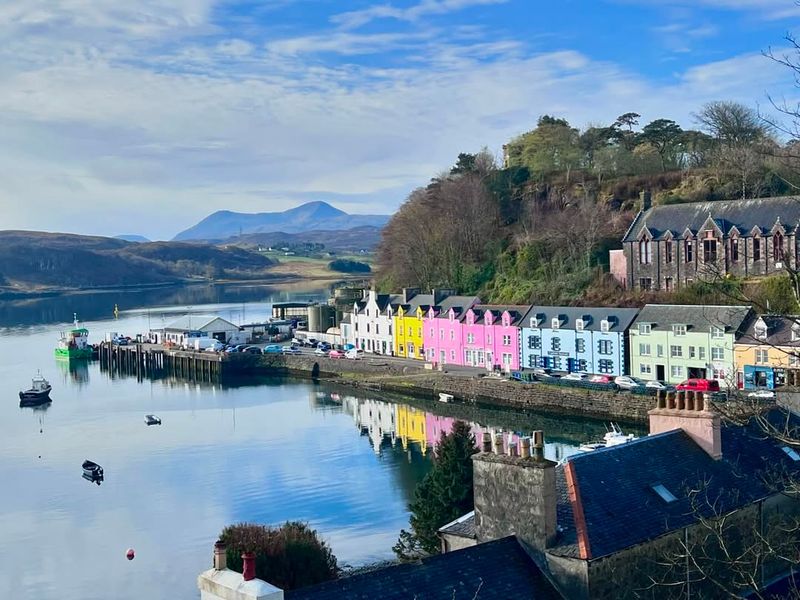
The mystical landscapes have captured the imagination of travelers worldwide, causing a strain on its infrastructure. Roads and facilities are overwhelmed by the visitor numbers.
To alleviate these pressures, the island has introduced measures to manage the flow of tourists, encouraging off-peak visits. This helps maintain the tranquility of the landscape. Through these efforts, the Isle of Skye aims to preserve its enchanting beauty for both locals and visitors alike.
15. Nauru
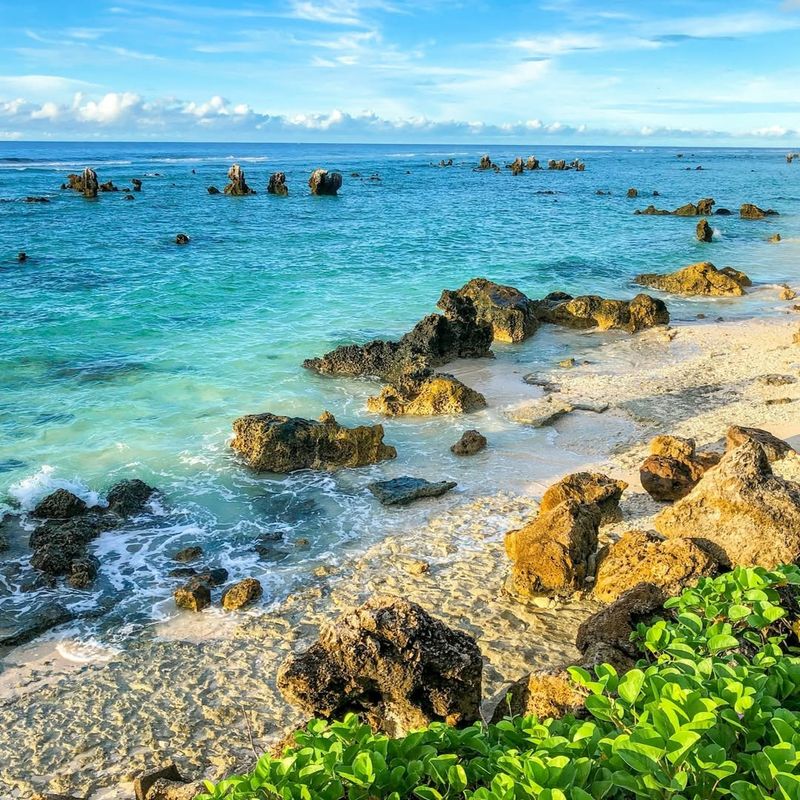
A tiny island nation in the Pacific has chosen to limit tourists due to environmental concerns. Nauru’s fragile ecosystem is threatened by over-tourism, leading to significant ecological damage. With a population of just over 10,000, Nauru prioritizes preserving its natural beauty.
Restrictions on visitor numbers ensure that the delicate balance of the island’s environment remains intact. The government emphasizes sustainability, considering the limited resources and space. This approach helps maintain the pristine beaches and coral reefs, attracting only those who respect and appreciate its unique environment.
16. Lhasa, Tibet

This place implements strict tourist regulations due to cultural preservation needs. Lhasa, home to the iconic Potala Palace, faces challenges from rising visitor numbers. Authorities have established permits and quotas to protect its sacred sites and local traditions.
These measures are vital to maintaining the city’s spiritual atmosphere. Tourists are encouraged to respect local customs, promoting a deeper understanding of Tibetan culture. By controlling tourism, Lhasa aims to safeguard its unique heritage while allowing mindful visitors to experience its profound beauty.
17. Bhaya, Malaysia
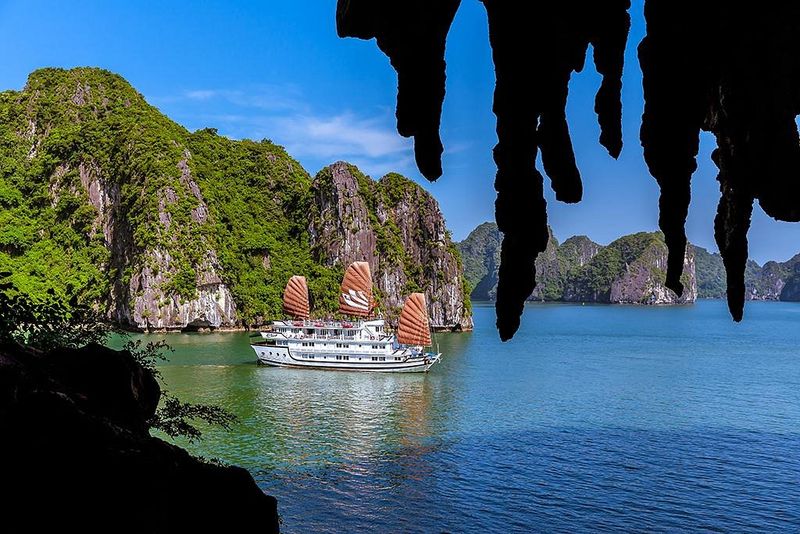
The tranquil beaches and lush rainforests captivate those lucky enough to visit. However, the island has recently restricted tourist access to preserve its delicate ecosystem. Environmental concerns have driven this decision, protecting the vibrant coral reefs and rare wildlife that call Bhaya home.
As conservation efforts continue, only a select few eco-conscious visitors can embark on this exotic adventure. The island’s indigenous communities also play a vital role in the preservation efforts. Their knowledge and traditions guide sustainable practices, ensuring their cultural heritage remains intact.
18. Antarctica
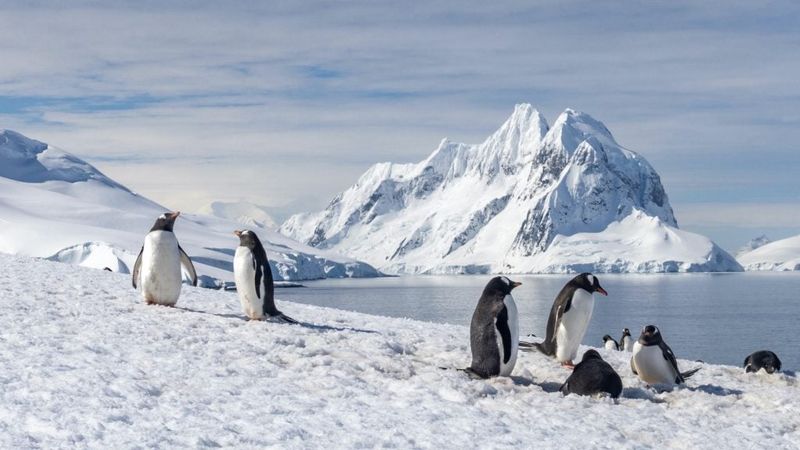
Often seen as the final frontier of untouched nature, this icy wilderness is facing growing pressure from tourism. The rise in expedition cruises has sparked concerns about damage to its delicate ecosystems.
To protect the environment, strict visitor limits, waste disposal rules, and activity bans are enforced. Only a small number of people are allowed ashore each year under close supervision, helping to preserve its rare wildlife and pristine landscape for future generations.
